The Apple iPhone 6s and iPhone 6s Plus Review
by Ryan Smith & Joshua Ho on November 2, 2015 8:00 AM EST- Posted in
- Smartphones
- Apple
- Mobile
- SoCs
- iPhone 6s
- iPhone 6s Plus
Final Words
The iPhone 6s in a lot of ways seems like it’s simple enough to review, but it turns out if you dig deep the changes have been significant. Over the course of a review, we’ve found major changes in the SoC, storage solution, camera, touch screen, fingerprint scanner, voice recognition software, cellular architecture, and WiFi chipset.
On the SoC side, it’s pretty safe to say that the A9 SoC is the best SoC in any phone today. We can talk about the TSMC and Samsung controversy, but at the end of the day regardless of which one you end up with the performance is going to be far and away better than anything else we’ve seen thus far. There are a lot of reasons for this, but at the end of the all that really matters is that the phone delivers the best user experience in areas where GPU or CPU performance is a gating factor. Again, I keep coming back to web browsing but due to the nature of wasteful yet necessary abstraction that occurs in websites and web applications it’s incredibly important that a high-end phone starts to challenge 2-in-1 and passively-cooled laptops in burst performance for a good user experience.
While CPU and strong browser optimization is critical for good web browsing performance, GPU is the other half of the equation to this SoC, even if it isn’t necessarily used to the fullest extent. The reality is that a high end phone is going to be used for gaming by a lot of people, and at the high-end gaming performance really needs to be impressive. The iPhone 6s’ are going to do well at this. GFXBench isn’t the same thing as an actual game, but the fact that the iPhone 6s and 6s Plus are basically pegging T-Rex at the maximum possible frame rate for most of a 3-4 hour infinite run of this intense benchmark basically means that gaming on the iPhone is going to be the best possible experience due to its incredibly high unthrottled GPU performance and the length of time that it’s able to sustain that unthrottled GPU performance. No other SoC I've tested this year can sustain this level of performance for this level of time.
The other truly impressive aspect of the iPhone 6s’ this generation is the storage solution. The iPhone’s storage solution here is ahead of everything else in the industry for three clear reasons. The first is the use of more advanced NAND organization. Although TLC NAND alone is going to be clearly worse for performance than SLC or MLC NAND, the iPhone 6s’ use SLC caching in conjunction with TLC NAND to improve storage performance in the situations that matter. The second is the use of PCI-Express to enable much higher bandwidths, which means that the SLC cache can really stretch its legs to reach the high levels of bandwidth that it’s capable of. The third is the use of a custom storage controller with NVM Express, which helps to realize the full benefits of PCI-Express. Overall, all of these things come together to make noticeable differences in user experience. Probably the most obvious example here would be iCloud backup and restore, along with app installs and updates. Burst photography and camera speed are also improved as a result of better storage.
The next upgrade worth discussing in the iPhone 6s lineup is the camera. The move to a 12MP rear camera was something that I personally was at least mildly skeptical of, but after testing the camera for myself I’m firmly convinced that Apple has managed to move to 12MP without noticeable degradation. The camera may not be sharper in most scenes, but the extra pixels enable 4K video recording, and it seems that this generation the improvements to video recording quality are enormous. On both iPhone 6s’, the addition of 4K video recording without random recording limitations, loss of image stabilization, or rapid overheating is surprisingly rare given the number of phones that support 4K video recording. The addition of 1080p120 slow motion video only magnifies just how far ahead Apple is in this segment when compared to Android smartphones. The iPhone 6s Plus also carries the rare distinction of having active OIS in video recording without the associated problems with jerky OIS behavior. The one disappointment here is that the iPhone 6s doesn’t have OIS, which increasingly feels like a pretty significant differentiator. Live Photos are also cool, even if at this point it remains to be seen if it will gain traction in the market.
The addition of 3D Touch to the iPhone 6s is probably something that seems like a gimmick on the surface, but after enough time with the iPhone 6s’ I can confidently say that this is probably one of the bigger changes to user interfaces in years. As-is, Apple has already managed to eliminate a lot of the friction that normally occurs with smartphone interaction when attempting to preview content without losing focus. However, going forward I can see significant changes in how people will interact with their phones. This isn’t really a revolution in the same way that the original iPhone is, but it’s a critical evolution step in the same way high-DPI displays were. I don’t think anyone is going to suffer greatly because their phone doesn’t have pressure sensitivity, but once you have this feature it’s hard to go back.
The second generation of TouchID isn’t quite as life-changing, but it’s a welcome improvement nonetheless. Again, this is a case where there was friction in the user experience that wasn’t really noticeable until it was gone. Obviously, Apple is no longer the only one at this level of user experience with fingerprint scanners but they are keeping up. The addition of always-on Siri is similar to TouchID in that regard, as while it isn’t life-changing it is a welcome improvement. The amount of polish in the personalized voice recognition is also impressive to see in action, and something that isn’t necessarily present in every implementation of always-on voice recognition that I’ve seen.
The sort of finishing touches to the iPhone 6s are the improvements to the cellular modem and WiFi chipset. The upgrade to Qualcomm’s MDM9x35 Gobi modem helps to improve power efficiency along with moving the iPhone 6s to UE Category 6 compatibility for LTE. The move to Broadcom’s BCM4350 WiFi/BT combo chipset enables 2x2 802.11ac, which means better range and throughput for routers that support MIMO.
Overall, after spending all this time with the iPhone 6s I can’t find anything really wrong with this phone. On the contrary, the A9 SoC is a huge jump in performance even relative to other SoCs on the same process node to give impressive application performance. The storage solution is unlike anything else in mobile that I’ve seen so far. The camera’s overall user experience is just about the best that you can get on the market. 3D Touch is a big improvement in user experience, while TouchID v2 and always-on Siri are worthwhile improvements in user experience. The only real issues I can think of are that the iPhone 6s doesn’t have OIS and that the base SKU is still 16GB of storage. To be fair, the 16GB SKU can become a noticeable user experience issue if you're constantly dealing with the limits of this storage, and the jump from 16 to 64 GB feels like it's simply designed to encourage buying a more expensive SKU. There are arguments that users that don't really take a ton of photos or videos and stream all their media will be fine, but it's still a user experience problem in this day and age. However, despite these issues I would argue that the iPhone 6s’ are the best phones you can buy today.
Of course, this sounds like a rather hollow recommendation to those that have followed our reviews for the past year. This year, more than ever it feels like Android smartphones at the high end have stood still, as if smartphone improvements have become a zero sum game. To make the best phone this year is therefore a pretty low bar to clear. However, the iPhone 6s, even when compared to iPhones alone, is especially noteworthy for the improvements to overall user experience.
On top of being a great smartphone in the same vein as previous smartphones, the addition of 3D Touch is a big deal. The idea of having additional interactions on top of a traditional touch screen is not a new idea. Samsung has tried the same before with Air View. However, what matters here is that the implementation is novel and useful in a way that other implementations weren't. 3D Touch manages to work because there's no need to hover a finger over a single link for half a second and rather than a single potential extra action there are a whole range of potential additional interactions that can be pressure-based. Zooming in and out on a browser could be done by pressure to greatly improve the user experience on desktop-only websites instead of constantly pinching in and out to read various parts of the page. AE/AF locking through increased pressure rather than a long press, more sophisticated gaming controls, and other applications have yet to be realized, but just the ability to preview web pages, messages, emails, and other content is a significant change in how I use a phone from day to day. Instead of constantly tapping and then immediately swiping back on emails and messages, it's much faster and more convenient to quickly press down on a single email to preview the first paragraph or so before moving on to the next just by letting go of the display. OEMs and SoC vendors often speak in platitudes about how user experience matters but 3D Touch is probably the first case where the user experience is visibly improved in a very real way.

In light of these factors, I would give the iPhone 6s line the Editors’ Choice Gold award. Looking back on the phone that has received this award in the past, I believe that the criteria for this award is such that a product is not only one of the best in its category and an extremely good product in a vacuum, but pushes the smartphone user experience forward in significant ways. The iPhone 6s isn't a perfect phone, but to receive the second highest award I don't believe it's necessary to make a "perfect" phone. There are areas that could be improved, but nothing that I believe is a significant detriment to the phone.


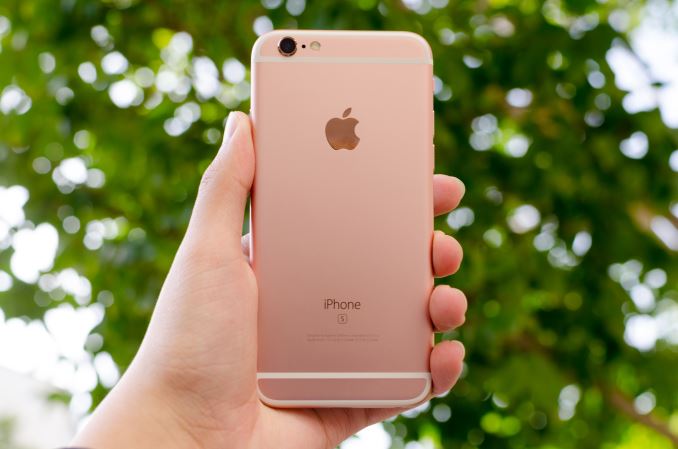
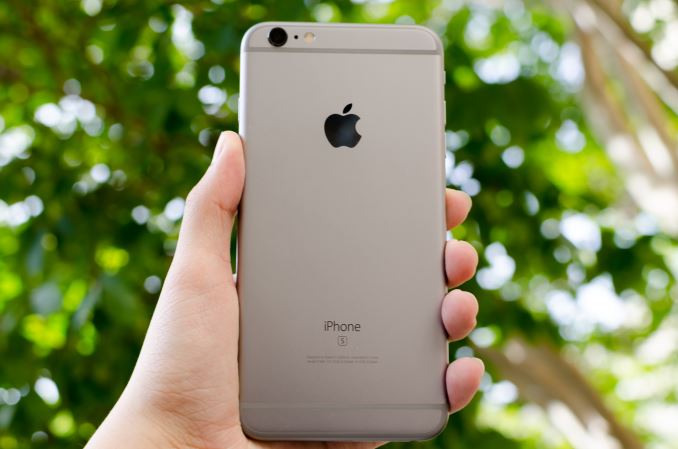
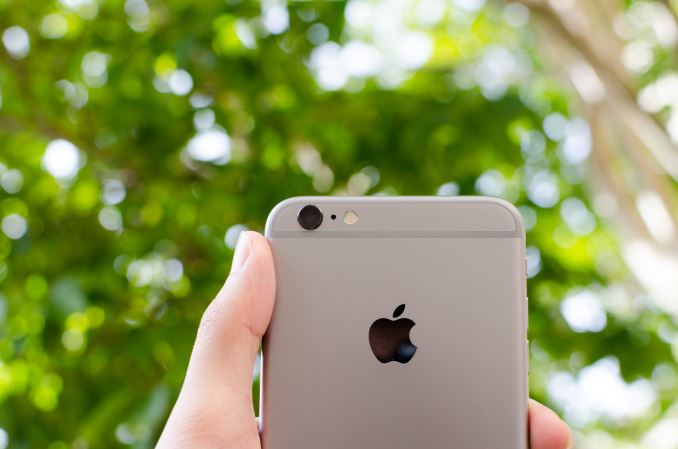
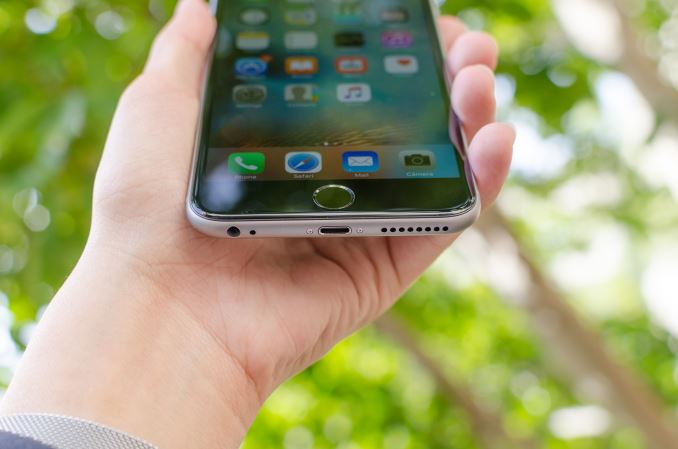
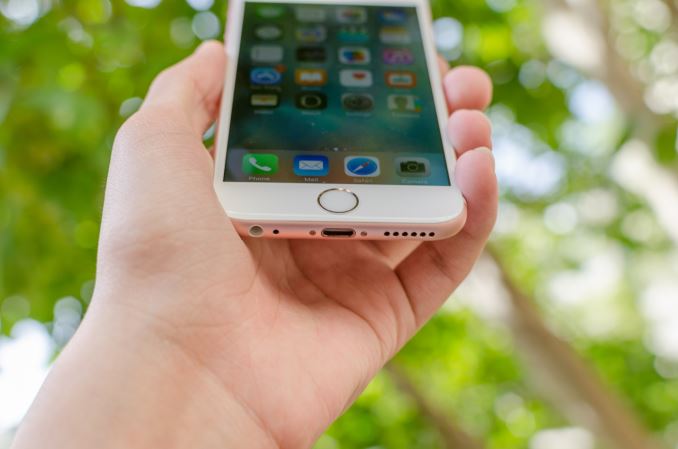
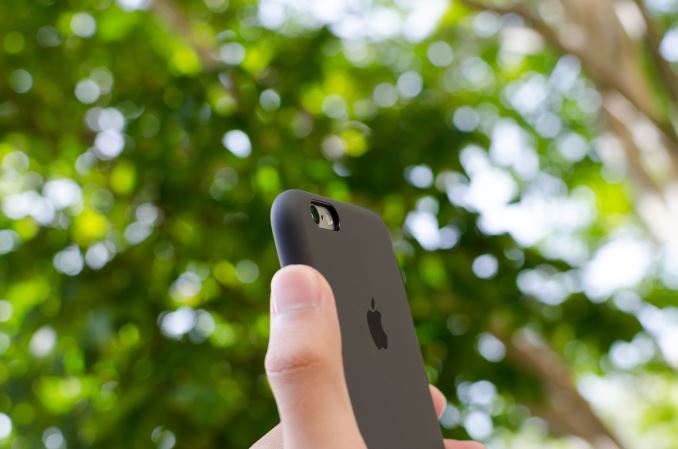
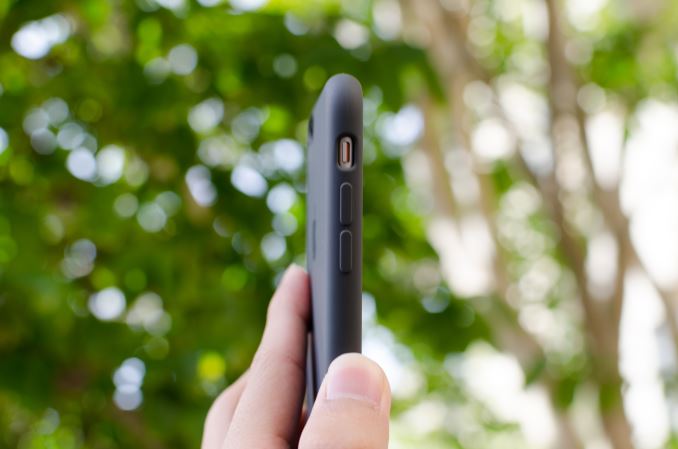








531 Comments
View All Comments
IanHagen - Wednesday, November 4, 2015 - link
Would you be so kind and post some sort of source for the allegedly professional review that deemed the iPhone camera as really poor? I'll be waiting by the sea.hlovatt - Monday, November 2, 2015 - link
Fantastic review, particularly liked the deep dive on the CPU.It must be hard to ignore the nasty comments some people make because you don't like their favourite phone as much as some other brand. Rest assured that their are many more people who appreciate your efforts than those who seem to have way too much invested in their choice of phone.
FunBunny2 - Monday, November 2, 2015 - link
-- * Especially the SoCSo, yes or no (and show your work): the Apple Ax processors are modified ARM ref. devices simply by adding off-the-shelf functionality available to any engineer with an HDL/CAD/etc. workstation? Seems so from all the various descriptions, here and elsewhere.
extide - Monday, November 2, 2015 - link
No they are clean sheet implementations of the ARM v8 instruction set. No off the shelf ARM Cortex CPU is even remotely similar, they are all much narrower designs. This chip is honestly designed more like an Intel Core CPU than an ARM one. Too bad you can only get it in an iPhone :(Byte - Monday, November 2, 2015 - link
Im a hardcore MS hore and hate Apple. But their iPhones cannot be beat. Android STILL feels like Windows Mobile phone which I i've used years before smartphone was a thing, starting with Palms. I'm a bit disappointed with the new camera, but pictures still look better on an iPhone than S6 even with Samsungs far superior screens. Android only had a short uptick when iPhones were stuck in the low screen sizes, but now Apples stronghold is insane. It will only take a paradigm shift from actual phones to challenge that, which might be very soon.pliablemoosethebanned - Monday, November 2, 2015 - link
Ignore the idiots, great review guys.Caliko - Tuesday, November 3, 2015 - link
With Apple's track record,You have a better chance building a snowman in hell than get them to pay you for something.
Alexey291 - Tuesday, November 3, 2015 - link
So you're implying that they forfeit their marketing contracts? I'm just asking because you seem to be the resident apple expert hereBragabondio - Tuesday, November 3, 2015 - link
I guess, to avoid comments like the above you guys need to state in the summary if you are using Iphone, Android or s/g else as a daily driver.The idea is that all of us have our preferences and biases but sometimes when we like an ecosystem (or if we were more familiar with a particular ecosystem) we made decision on what is important to review based on personal preferences and biases. For example, I like a lot a CNET review of the new Apple TV where the author immediately stated he is an Android guy. So when at the end he gave it an overall score of 4 out of 5, people who are into Apple ecosystem are aware that the product was reviewed by somebody who may have different expectations about what a streamer/casual game machine should do compared to them.
I guess most of you guys from Anandtech are into Apple so it is difficult to find somebody who can provide an alternative angle but at least you can state where you are coming from.
The SoC of the new Iphones may be great but if I can paraphrase the Russian proverb it is not the SoC alone that makes the phone great.
jospoortvliet - Wednesday, November 4, 2015 - link
Well didn't the author write his daily phone is a HTC One M7? And compare the iPhone with it at some points? I have the One as well and he said the right things - looks like Apple has simply done a great job on almost every front.